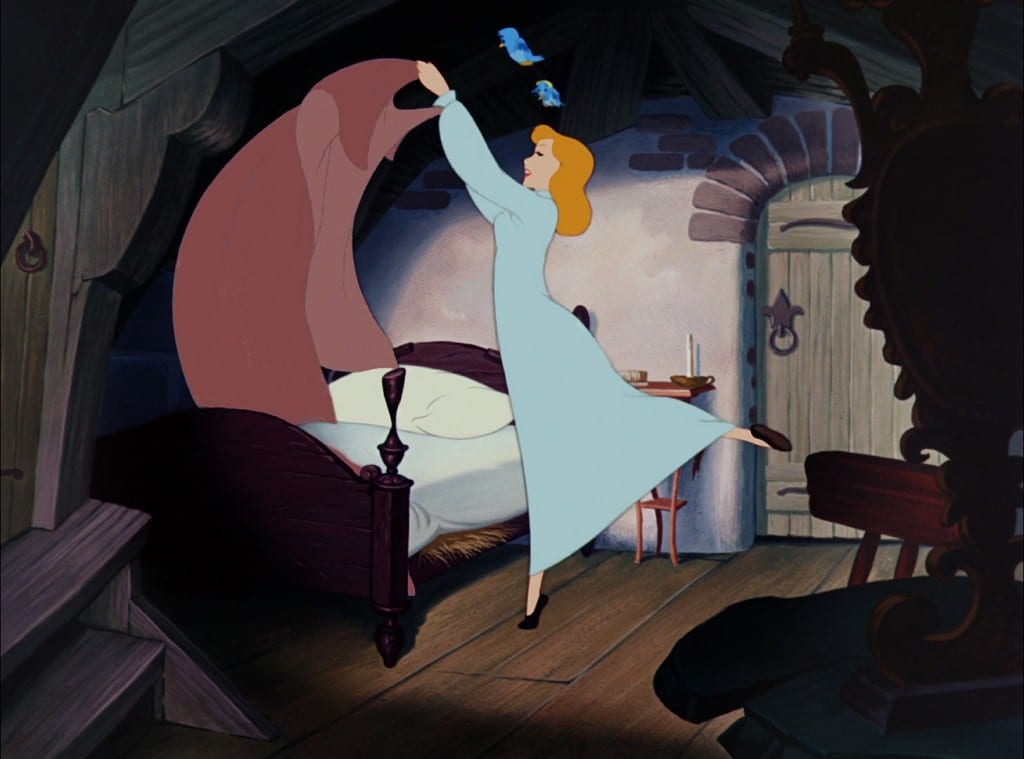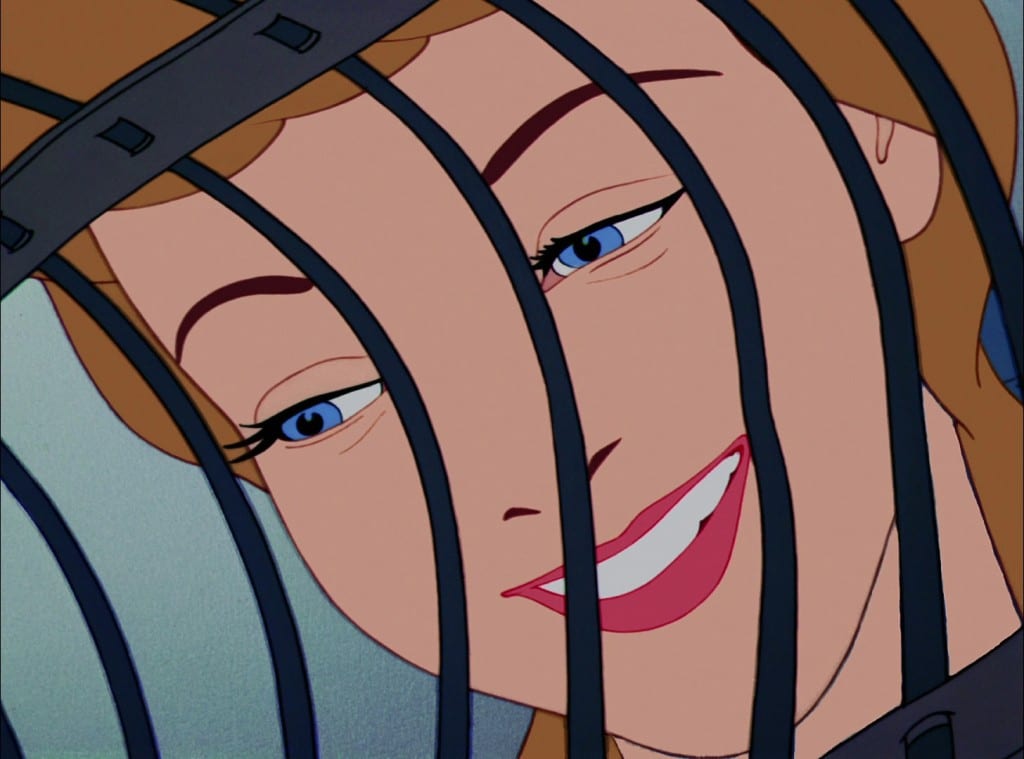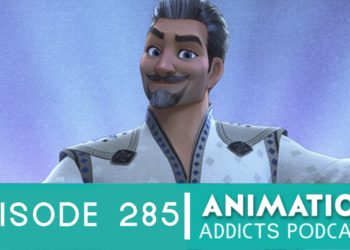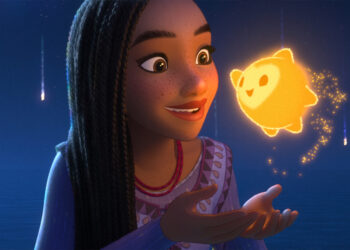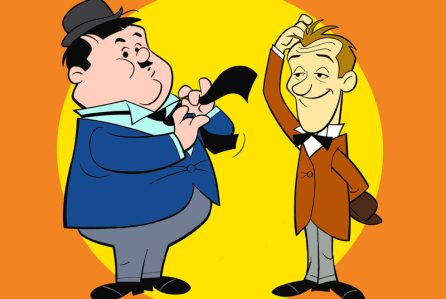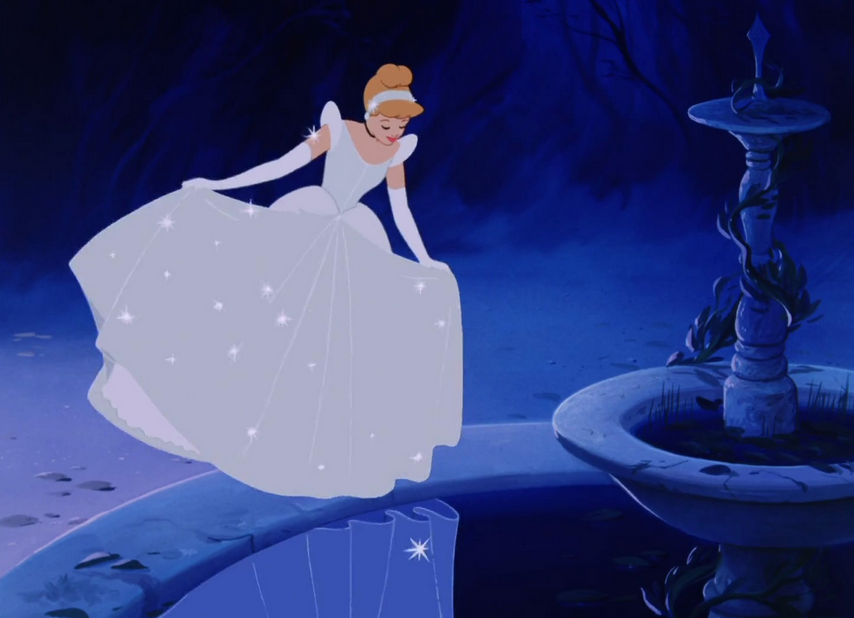
With the release of the final trailer, opinions regarding Disney’s 2015 Cinderella film have been finalized into three groups: the ones who are generally excited to see the movie, the ones who just want to see Frozen Fever, and the ones who are thinking, “Ugh, another one?”
And while that last group does have a point, there have been hundreds of adaptions of the Cinderella story throughout the ages. Not only have there been countless movies around since the dawn of cinema, but also countless stage productions, pantomimes, ballets, books, operas, and interpretations and retellings throughout the world. Disney’s animated Cinderella has been beloved for generations and is the unofficial leader of the Disney Princess line, being one of–if not the most–popular princesses up until Elsa came along. But, what is it about Cinderella and her story that makes her so popular?
The History
If you asked a bunch of people why Cinderella is such a beloved fairytale, they would probably say that
it is because of the Disney version and while that is partially true, this story has been winning the hearts of thousands for millenniums before Walt Disney. In ancient times, there was the legend of a young woman named Rhodopis who was brought as a slave girl from Greece to Egypt. She had such lovely feet that one day a falcon picked up one of her shoes and flew all the way to the Pharaoh’s court, dropping the shoe before the pharaoh’s feet. Upon seeing the shoe, the pharaoh ordered his men to find the girl who fit it and, of course, once they did, she became his queen.
The Chinese variant of Cinderella is about a girl named Ye Xian who has a ten-foot long golden fish in the place of her fairy godmother and golden slippers instead of glass. In Europe alone, there are countless of versions and variations of the story, with the two most popular being the version written by Charles Perrault -which includes the pumpkin, the glass slippers, and the fairy godmother- and the version by the Brother’s Grimm- which includes a hazel tree above Cinderella’s mother’s grave, some doves in place of the fairy godmother, and the gruesome ending of having Cinderella’s bird buddies poke out her stepsisters’ eyes. In fact, there have been so many versions of this fairytale that in 1893 folklorist Marian Roalfe Cox published a book entitled Cinderella: Three Hundred and Forty-Five Variants of Cinderella, Catskin and, Cap o’Rushes, Abstracted and Tabulated with a Discussion of Medieval Analogues and Notes. With three hundred and forty-five versions of Cinderella across the world, there is clearly something about this fairy tale that touches people.
The Hate
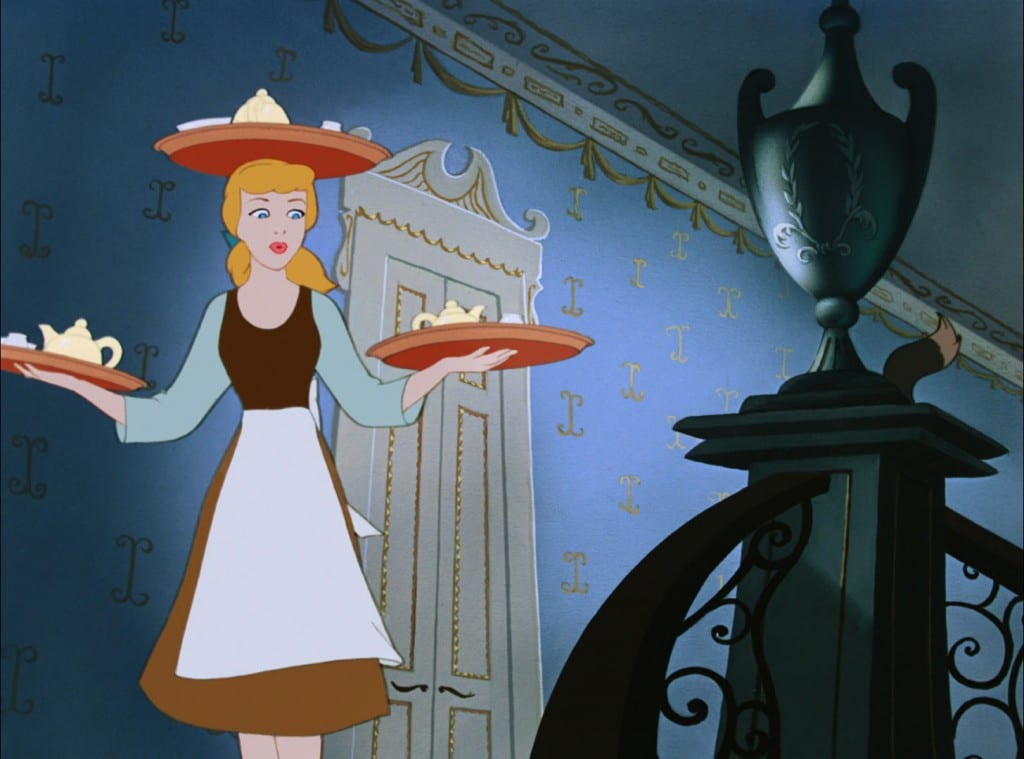
Of course, with all the love there is bound to be some haters. So, what is it that these people are complaining about? The most common complaint generally is that Cinderella is not a good role model. People think that she is the typical ‘damsel-in-distress’ who just sits at home and lets people push her around while waiting for some man to rescue her. Although where these critics are coming from is understandable, this opinion is kind of flawed.
For starters, Cinderella does not just sit around doing nothing; she’s busy working her butt off. “Every time she finds a minute, that’s the time when they begin it,” as Jaq would say. Even though she wants to make her dress for the ball, we know from the Disney version that she does not have the time and resorts to having an army of mice and birds finish it for her (or magically have it appear with the help of a fairy godmother). She cleans, cooks all the food, and does the laundry single-handedly, while most noble households usually had a whole staff to do such work for them. She works so hard that, in the fairy tales, she was always covered in soot and cinders, hence her name “Cinderella.”
Many have also posed the question, “Why doesn’t she just leave?” or “Why doesn’t she stand up for herself?” and, while many writers have come up with numerous ways to answer these questions, this is the answer of one not-so-humble writer: In almost all the versions of the story, Cinderella is from a noble family. Then, all of a sudden, some random lady and her daughters come in and take away what is rightfully hers. If you were in Cinderella’s position, would you just run away? Most people would not. Most people would wait for the right moment to take back what is rightfully theirs. Plus, it is not likely that she had some other place to go. Also, if Cinderella did try to stand up for herself, it is not as if her stepfamily would just say “Okay, we’ll get up and leave this place.” As awful as it is, since Cinderella’s stepmother is married to the owner of the house, the place belongs to her. Cinderella cannot just decide to kick them out of the house one day. If Cinderella ever tried to stand up for herself, chances are that nothing would change for the better and her stepfamily would treat her even worse. She was being smart, and on top of that she was teaching a valuable lesson: to be the bigger person. In the Brothers Grimm version, when Cinderella’s mother lies on her deathbed, she promises her daughter that if she remained good and kind, no matter her circumstances, she would be rewarded. Cinderella takes her mother’s advise and no matter how cruelly her stepfamily treats her, she always remains kind and chooses to be the better person and is eventually rewarded by the fairy godmother figure.
Also, many adaptions, including both Disney versions, have shown that Cinderella’s prince has needed as much saving as she does. In the animated Cinderella film, the prince and his father are hinted to have some issues because the king wants his son to get married, but Prince Charming seems to want to marry for love rather than for political reasons–a trope common with the Disney Renaissance Princesses–which is solved when he meets Cinderella. Quite modern for a film from the 50’s. Judging from the trailers for the 2015 version, the prince also will learn a few things from Ella and she will seem to have to save him from her stepfamily and his father while he will have to save her from the same people. No, the prince does not save Cinderella; both sides save each other.
The Love
So enough beating around the bush, why is it that people love the story of Cinderella? Of course, little kids love her because she is pretty, kind and a princess. To them, Cinderella can be their mother, sister or someone they strive to be when they grow up, or they just love watching the talking animals or love watching the Fairy Godmother transform the girl in the rags into a princess and love watching her dance with the prince. The older audience has just as many reasons to love her and her story, if not more. To those that grew up loving Cinderella, she can embody nostalgia, the reminder of simpler times when they could just sit down in front of the television and watch Disney movies. Some people just want to sit down and watch a good old fashion fairy tale or look at some beautiful animation. But to others, she can represent so much more. A little anecdote:
As a lover of cats and not being particularly fond of mice, it always frustrated me that in animation cats are never able to catch the mouse. So of course, throughout the movie whenever Lucifer would try to catch Jaq and Gus, I would root for Lucifer. But when Drizella and Anastasia ripped Cinderella’s dress and she runs out crying to that bench, I realized I could relate to Cinderella. At some point in everyone’s life, they are going to go through some hardships in their lives, and all they could do is hope that things will get better, that some kindly fairy godmother will step in and help us out, whether that fairy godmother comes from within or from somewhere else. After that I started being nice to the mice.
So why do people love Cinderella even when they grow up? It is because her story is about hope. Anyone who is going through hard times can look at Cinderella and hope that someday they will be rewarded for enduring and rise. It gives hope that some supposed commoner like Cinderella can rise and become Queen. The story shows kindness and charity, both through Cinderella’s kindness to the mice and the birds that others see as vermin to the charity of the Fairy Godmother who gives to those who deserve it. In a world like ours, it can be nice to look at some acts of kindness for a change.So another Cinderella movie? Yes. As long as people need the hope, there will always be Cinderella. Sorry but not sorry.
Special thanks to SurLaLune Fairy Tales for providing the examples for the Cinderella history.
Edited by: Kelly Conley



